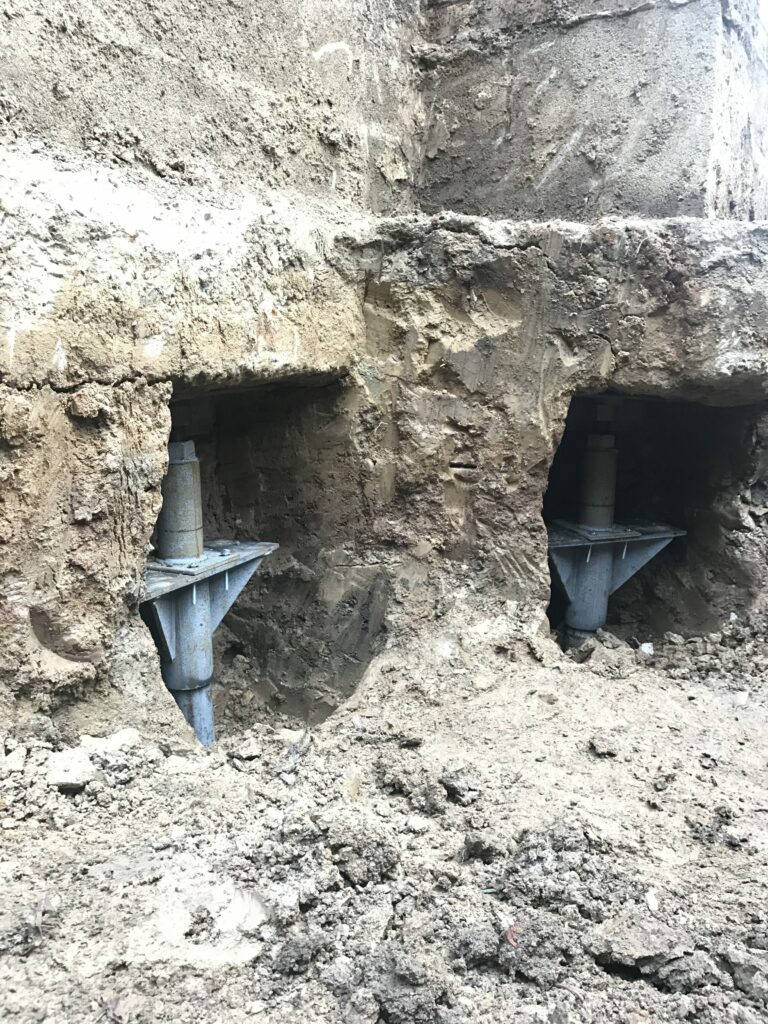Foundation Piers – How Do They Work?
Foundation Piers – How Do They Work? What are foundation piers? Most homeowners have never even heard of the term until they started experiencing foundation problems. Of course, there are various remedies for different types of foundation movement. You can learn more about them HERE. The purpose of this article is to discuss the concept […]
Foundation Piers – How Do They Work? Read More »

